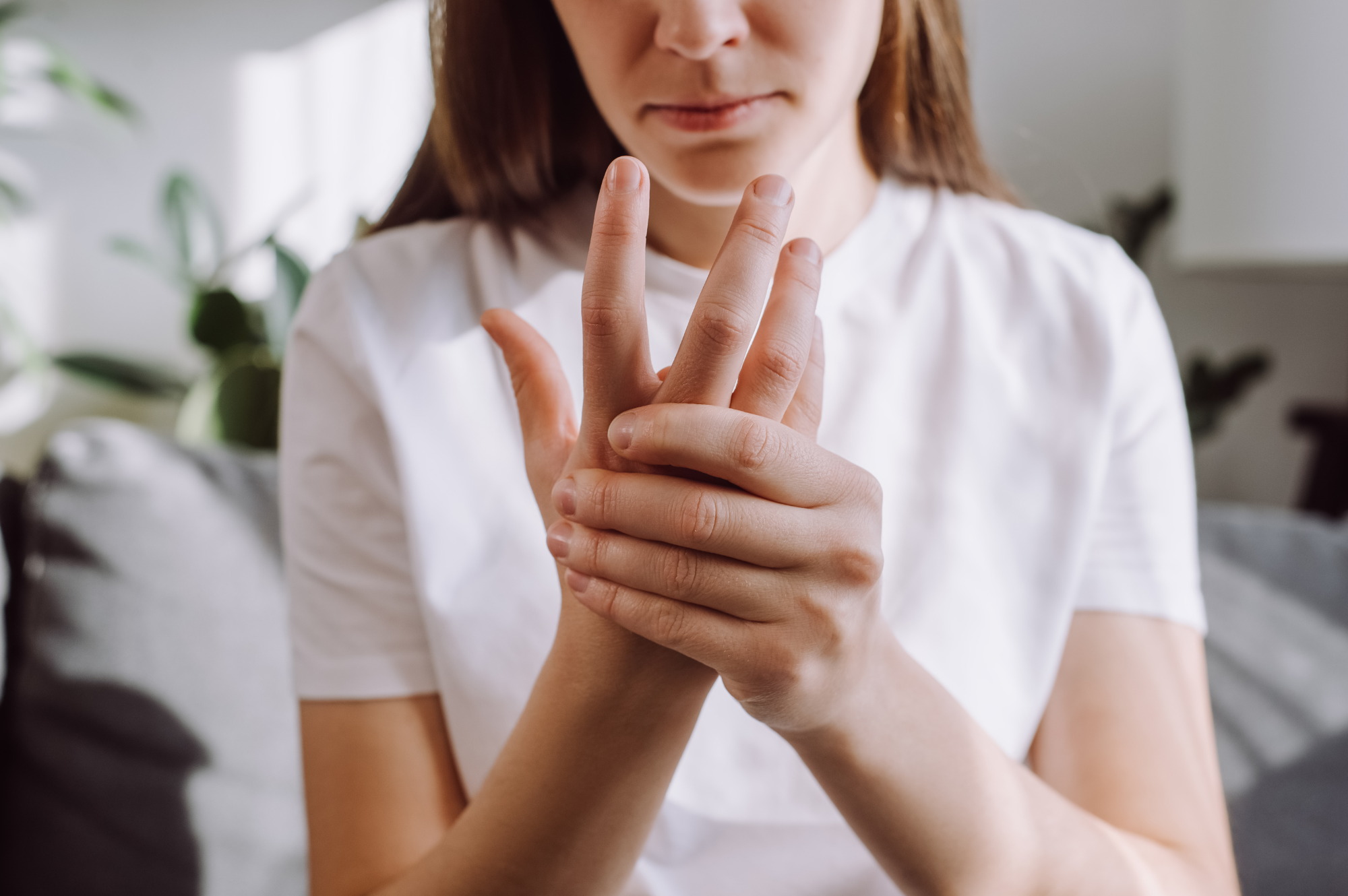
What is De Quervain’s Tenosynovitis?
A painful condition affecting the tendons on the thumb side of your wrist is referred to as De Quervain’s Tenosynovitis. If you have De Quervain’s Tenosynovitis, it will probably hurt every time you turn your wrist, make a fist or grasp anything. The exact cause of De Quervain’s Tenosynovitis isn’t known, however any activity that relies on repetitive hand or wrist movement, such as playing golf or racket sports, lifting your baby, working the garden, etc. may result in such a condition.
De Quervain’s Tendonitis can also be referred to as a relatively common overuse condition affecting the tendons located at the back / outer aspect of the thumb and is characterized by inflammation and swelling of one or more of these tendons.
Causes of De Quervain’s Tenosynovitis:
When you grip, grasp, clench or pinch anything in your hand, you use two major tendons in your wrist and lower thumb. These tendons normally glide unhampered through the small tunnel that connects them to the base of the thumb. This may irritate the sheath around the two tendons, causing thickening that restricts the movement of the tendons, if your repeat a particular motion day after day. Other causes of De Quervain’s Tenosynovitis include any direct injury to your wrist or tendon, inflammatory arthritis, such as rheumatoid arthritis. Scar tissue can also restrict movement of the tendons.
Symptoms of De Quervain’s Tenosynovitis:
- The most common symptoms of De Quervain’s Tenosynovitis include:
- Swelling near the base of your thumb
- Difficulty moving your thumb and wrist while performing activities that involve grasping or pinching
- A ‘sticking’ or ‘stop-and-go’ sensation in your thumb when trying to move it
- Pain near the base of your thumb
If the condition goes too long without appropriate treatment, the pain may spread farther into thumb, back into your forearm or both. After this, it is very painful for you to perform activities like pinching, grasping and other thumb related movements.
Diagnosing De Quervain’s Tenosynovitis:
Your doctor or physiotherapist will examine your hand to see if you feel pain when pressure is applied on the thumb side of the wrist. You may have to perform a test called the Finkelstein test, which requires you to bend your thumb across the palm of your hand and bend your fingers down over your thumb. Then you have to bend your wrist toward your little finger. While doing this, if you feel pain on the thumb side of your wrist, you likely have De Quervain’s Tenosynovitis.
Treatments for De Quervain’s Tenosynovitis:
- Initial treatment of De Quervain’s Tenosynovitis may include:
- Applying ice to the affected area
- Avoiding repetitive thumb movements whenever possible
- Immobilizing your thumb and wrist, keeping them straight with a splint or brace to help rest your tendons
Your physical therapist will review your habits and give suggestions on how to make necessary adjustments to relieve stress on your wrists. He will also teach you exercises focused on your wrist, hand and arm to strengthen your muscles, reduce pain and limit the irritation of the tendons. If your case is more serious, your doctor may recommend a surgery.
A physiotherapist can teach you various strengthening exercises that will help you move your wrist and thumb quite efficiently. Physiotherapy treatment for De Quervains Tendonitis is vital to hasten the healing process, ensure an optimal outcome and decrease the likelihood of future recurrence.





